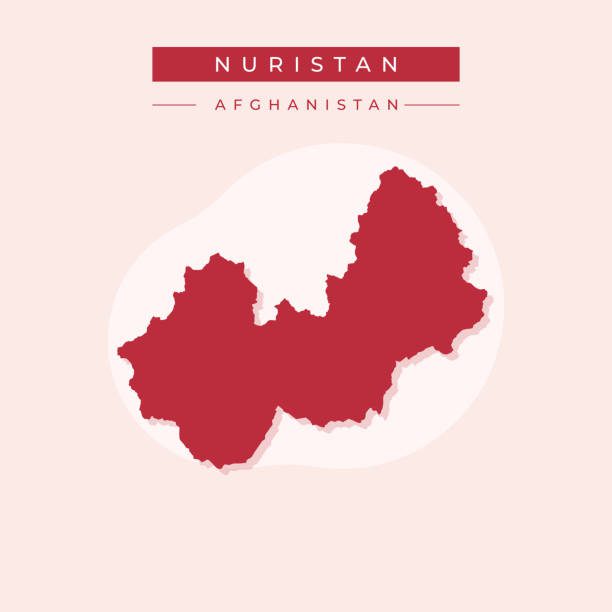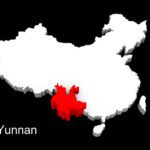The Center for the Scientific Study of Families reports are designed to provide relevant information about the conditional state of families in a specified context. The report provides information such as population, culture, family structure, and family life.
Family reports are an important tool for improving the lives of families. By providing information about the family’s conditional state and context, family reports can help improve communication between families and service providers and lead to better outcomes for families and children.
Introducing Nuristan, Afghanistan
Nuristan, also spelled as Nurestan or Nooristan, is one of the 34 provinces of Afghanistan, located in the eastern part of the country. It is divided into seven districts and is Afghanistan’s least populous province, with a population of around 167,000. Parun serves as the provincial capital. Pakistan borders Nuristan on the east, Panjshir province on the west, Badakhshan province on the north, and Laghman and Kunar provinces on the south.
The Nuristanis are an ethnic group native to Nuristan Province and the Chitral District of northwestern Pakistan. Their languages comprise the Nuristani branch of Indo-Iranian languages. The Nuristanis were formerly known as Kafiristanis, which means “land of the infidels” in Persian. They were known by this name because they followed a variation of ancient Hinduism that had accretions from their surrounding Muslim communities. In 1895, the Afghan King Abdur Rahman Khan conquered Nuristan and forced the Nuristanis to convert to Islam.
The Nuristanis are a very traditional people and have a rich culture and history. They are known for their distinctive architecture, which features high-peaked roofs and wooden balconies. The Nuristanis are also known for their handicrafts, such as their beautiful woven carpets and jewelry.
Nuristan is a very mountainous province with a difficult terrain. This has made it a remote and isolated place for centuries. However, in recent years, there has been some development in Nuristan, with the construction of roads and schools. The province is also home to a number of beautiful lakes and rivers, which make it a popular destination for tourists.
Cultural and Ethnic Diversity
The ethnic diversity in Nuristan differs from other Afghan provinces in that there is only one primary ethnic group. An ethnic breakdown of the province is as follows:
Nuristanis: The Nuristanis are the majority ethnic group in Nuristan, making up over 90% of the population. They are a very diverse group, with over 20 different tribes. The Nuristani languages are some of the most ancient in the world, and they have a rich culture and history.
Gujars: Gujars, who make up around 8% are a nomadic ethnic group that is found in Nuristan and other parts of Afghanistan. Gujars are traditionally herders and farmers, and they are known for their distinctive clothing and customs.
Tajiks: Tajiks are an ethnic group that is found in Nuristan and other parts of Afghanistan. Tajiks are traditionally farmers and traders, and they make up less than 1% of the population in Nuristan.
Family Demographics
In rural and traditional societies like those found in Nuristan, family sizes tend to be larger due to factors such as agricultural livelihoods, cultural norms, and the importance of extended family networks. Multi-generational households are common, and families often play a significant role in providing social support and security. In 2014, the average household size in Nuristan was roughly 9 people.
Nuristani men hold property, hunt, and defend the family. The man is the head of the house, and he runs the house in a generally autocratic fashion. The firstborn son becomes the new head of the household. However, Nuristani women have more involvement in everyday life and generally tend the gardens for the family. Nuristani women have never been able to hold property, however, and cannot inherit money or property. Specific marriage and divorce rates were not found, although divorce is uncommon in the province.
Nuristanis are also very hospitable and will often entertain guests in their homes. Part of entertainment includes conversation, which takes place while sitting on stools around a fire. In exchange for “generous” hospitality, guests are expected to give the host something of equal value.
Conclusion
The diverse cultural and ethnic groups in Nuristan, Afghanistan, exhibit rich and varied family traditions that have evolved over generations. Extended families, communal ties, and traditional practices are integral to maintaining social cohesion and identity. While modernization and external influences present challenges, the preservation of these familial customs contributes to the resilience of Nuristan’s communities.





